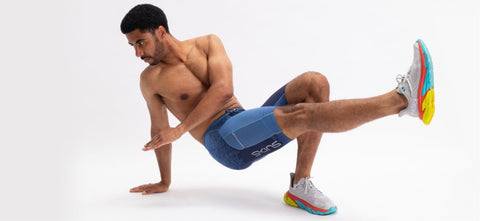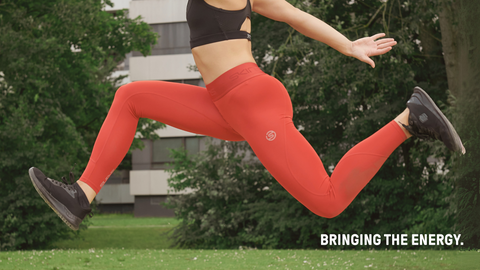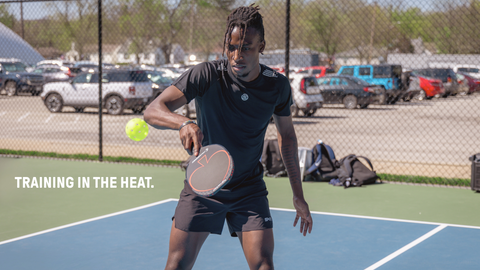..and it's not just because they make you look and feel great.
PROVIDE SUPPORT
SKINS Compression Sportswear provides great support to working muscles and helps keep them stabilized. When we exercise, our muscles vibrate, which increases instability and the risk of injury. By keeping the muscles (expertly) wrapped, SKINS reduce those risks.
REGULATE BODY TEMPERATURE
Contrary to popular belief, SKINS aren't a base layer to keep you warm in fact, they actually do a pretty good job at regulating your body temperature to keep you temperate. Unless you're using thermal SKINS, those will keep you warm.
REDUCE D.O.M.s
When we exercise, our muscles get broken down, and we produce waste products such as lactic acid. SKINS™ Compression Sportswear, particularly our recovery compression garments, help re-oxygenate and re-build the broken down muscles and get rid of the waste products, which is the stuff that makes you sore.
SPEED UP RECOVERY
When it comes to recovery, compression is nothing new. Doctors have been using it to treat injury for years, and the term R.I.C.E. (rest, ice, compress, and elevate) is in every athlete's vocabulary. The reason for using compression in recovery is to increase blood flow, which increases the amount of oxygen to the broken-down muscles, which results in faster recovery. Please note that SKINS™ are not medical-grade compression garments and should not be used as such.
ENHANCE PERFORMANCE
It's all about the marginal gains! In performance, SKINS reduce fatigue through impact damage. In addition, they give you more control of limb placement, enhanced circulation, and increase the oxygen to working muscles, which all add up to better performances.
We're scratching the surface here; SKINS have many benefits for all athletes of all levels. If you'd like to learn more, check out some more journals, or if you've got a little extra time, see our Discover the Science page for independent and peer-reviewed research articles. Or maybe you'd prefer to follow us on Instagram.






